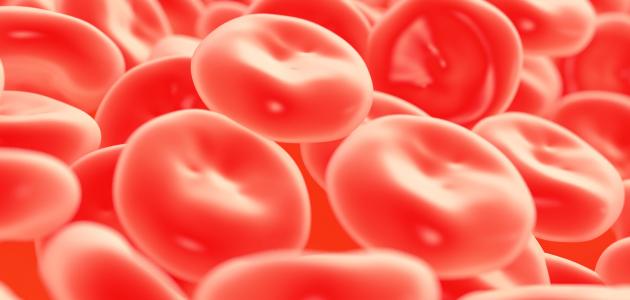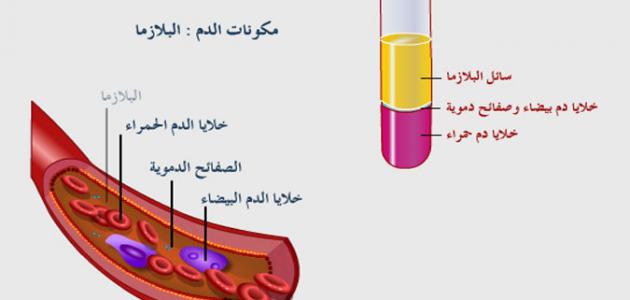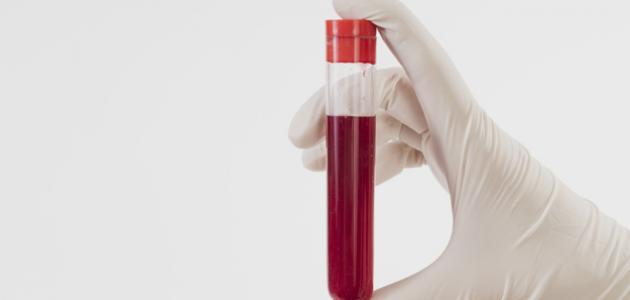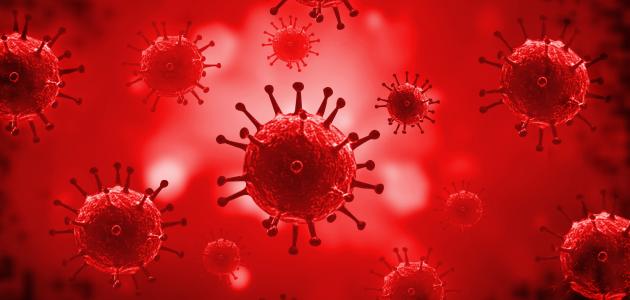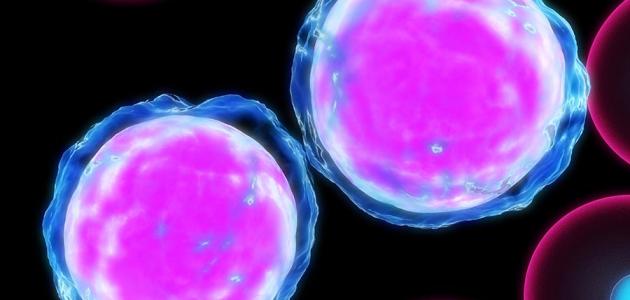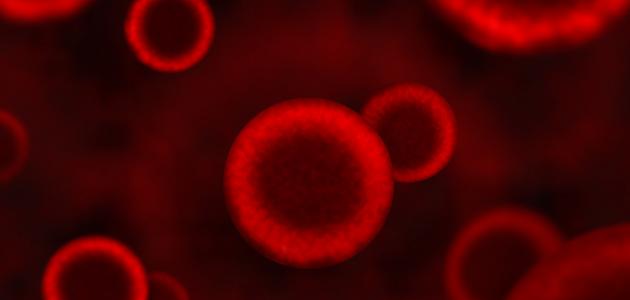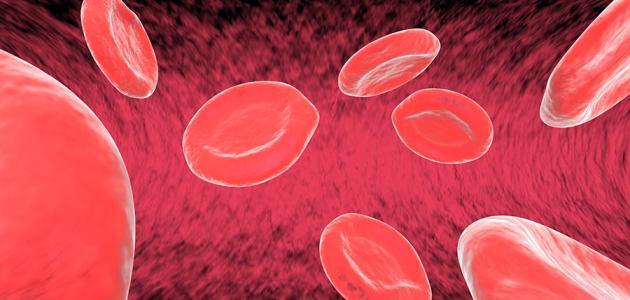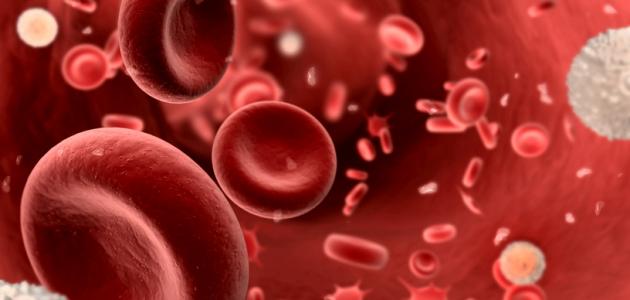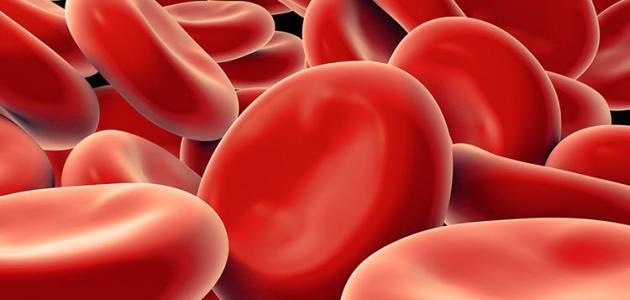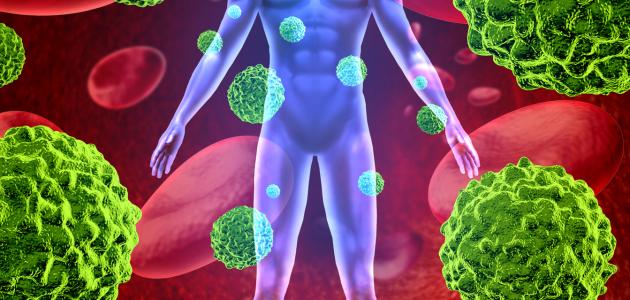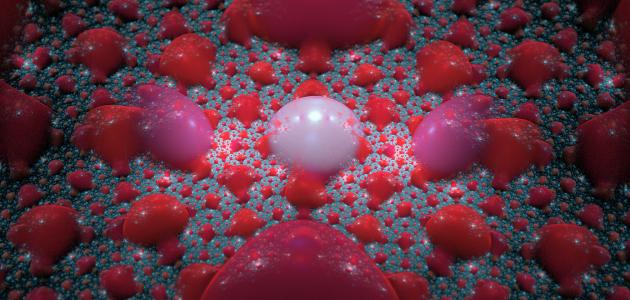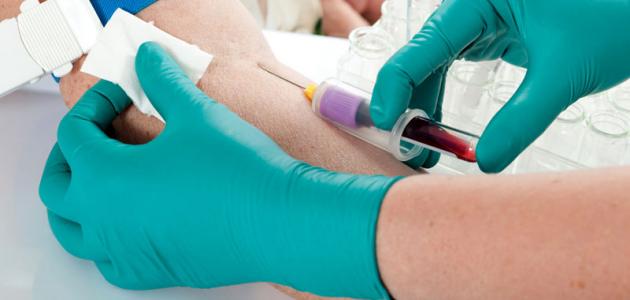Platelets
Considered platelets one of the components of blood, characterized these cells as being free of nuclei and the color of her, and in fact consists of platelets in the bone marrow, and once ripe , they turn to blood, and from there move to the spleen is stored and released when the body 's need This occurs when one of the vascular vessels is damaged or ruptured, which causes bleeding, and as soon as the platelets reach the site of the bleeding, they collect and accumulate to form a surface that hears the clotting factors gathering on it, so that the body has succeeded in trying to stop the bleeding. [1]
On the other hand, platelets transport and store some chemicals, such as histamine, epinephrine, serotonin, and thromboxane, as these substances are activated to be released into the blood vessels It stimulates its contraction, and this in turn helps accelerate and facilitate the clotting process, and although platelets have a specific life cycle, there are some factors that shorten their life and others that increase it, and examples of factors that shorten their life cycle are smoking, while some chemicals cause an increase The period of its life, and on the other hand, platelets may be exposed to a disturbance in their number, as their number may increase after exposure to a blow or wound, or after exercise, or when a person is at high altitudes, while their number decreases in many cases, including menstrual bleeding known as menstruation . [1]
Platelet deficiency
The role of platelets, as we have shown, is to work to stop bleeding when it occurs and to aid in wound healing, as they play an important role in the body's clotting system, and the life cycle of a single platelet is estimated at ten days, after which the body destroys and gets rid of it, and at the same time produces a platelet As for the normal number of platelets in the body, it ranges between 140,000 and 450,000 per microliter of blood. [2]
In fact, there are many cases in which the number of platelets is less than this range without causing any problems or suffering from any disorders, for example what happens during the menstrual cycle and at the end of pregnancyAlso, it should be noted that the decrease in the number of platelets from 80,000-100,000 per microliter of blood is a health problem, as the chance of a person suffering from bleeding increases, and by detailing the cases of platelet deficiency more, it can be said that the number is less than 20,000-50,000 per microliter Blood makes a person vulnerable to bleeding if he is exposed to wounds or blows, while a lack of platelets reaching their number below 20,000 per microliter of blood causes bleeding even without exposure to wounds or blows, and finally, a decrease in the number of platelets exceeding 10,000 per microliter of blood is a condition. A healthy, life-threatening person, as bleeding can occur on its own and may kill the person. [2]
Causes of low blood platelets
The reasons that lead to a lack of blood platelets can be summarized in three main groups, as follows: [3]
- Inhibiting and restricting platelets: The spleen is one of the important organs in the human body, and it is located on the left side of the abdomen below the rib cage, and its function is to confront and fight infection, and to filter and purify the blood from unwanted substances, and the spleen may be exposed to a number of health problems that may cause it to enlarge The spleen then blocks more platelets and discourages them from doing their job, and the number of platelets in the bloodstream decreases.
- Lack of production of platelets: As we have shown previously, platelets are produced in the bone marrow, and accordingly, having diseases or health problems may cause a decrease in the number of platelets, and the factors and health problems that lead to this can be summarized as follows:
- Leukemia or leukemia.
- Some types of anemia.
- Chemotherapy drugs.
- Drinking alcohol.
- Viral infections such as human immunodeficiency virus and Hepatitis C .
- Increased breakdown of platelets: There are some cases that cause platelets to break down more quickly than the body produces new platelets, including the following:
- Pregnancy: However, platelets often return to normal shortly after birth.
- Thrombocytopenia immune : In these cases , the immune system attacks platelets mistakenly, as a result of infection with autoimmune such as lupus or rheumatoid arthritis Aromatidi , and that the most vulnerable This health problem is in children, and it is worth noting that immune thrombocytopenia is often idiopathic.
- Bacterial infection in the blood: The presence of bacteria in the blood can cause platelets to break down.
- Thrombotic thrombocytopenic purpura: This condition is represented by the formation of blood clots scattered in parts of the body for reasons of unknown cause, and that these clots require the collection of large numbers of platelets and this explains the decrease in their number in such cases, and can be It should be noted that this case is rare.
- Hemolytic uremic syndrome: This condition is characterized by damage and destruction of red blood cells, an acute shortage of platelets, in addition to impaired kidney function , and this syndrome is rare.
- Some types of drugs: may cause the breakdown of platelets, including heparin , biological dressings containing the sulfa compound, some antiepileptics, and quinine or quinine .
References
- ^ A b "Platelet" , Www.britannica.com , Retrieved July 4, 2018. Edited by .
- ^ A b "What are the causes of a low platelet count?" , www.medicalnewstoday.com , Retrieved July 4, 2018. Edited.
- ↑ "Thrombocytopenia (low platelet count)" , www.mayoclinic.org , Retrieved July 4, 2018. Edited.
